
13 Local News Stories and Series That Made a Difference in 2019
These pieces highlight the best of collaborative journalism, community engagement and national-local partnerships. Many of the publications listed in this round-up are participating in NewsMatch, an annual fundraising drive that supports nonprofit news by matching your donations! Find your favorite news organization and give today.
This selection of 13 local stories that made a difference in 2019 highlight the strategies that can help local journalism both survive and thrive. For example, a partnership between a smaller newsroom and a larger one (as in ProPublica’s Local Reporting Network) can help bring resources to smaller newsrooms to tell complicated, in-depth stories in an extended time frame. And collaborations between multiple stakeholders and reporting partners can help boost the impact of a story and ensure it reaches audiences where they are.
These stories also include alternative reporting approaches, such as solutions journalism and restorative narratives, to help attract more local attention and civic engagement. And in many cases the initial stories led to follow-ups and even longer series that created extended interest and impact in the community and beyond. And the stories come from a mix of different kinds of news organizations, including a for-profit newspaper, nonprofit investigative journalism outlet, radio/podcast producer and collaboratives with multiple partners.
1. #RickyLeaks
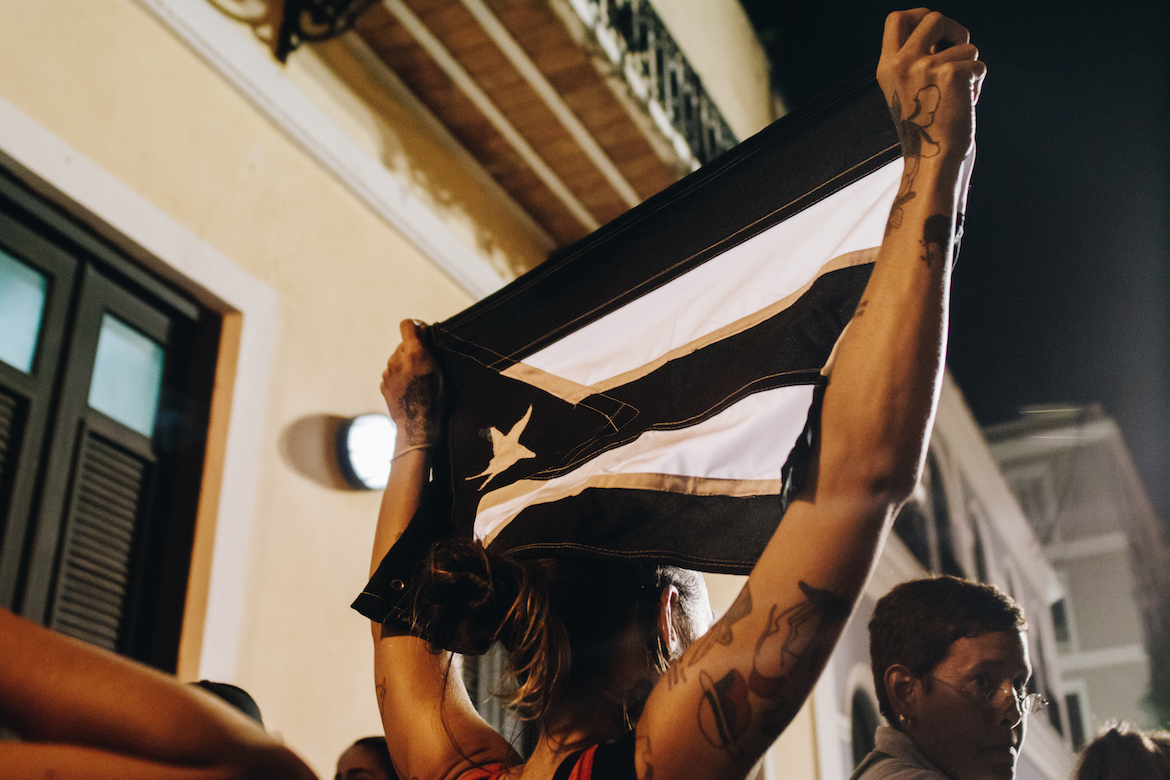
Author: Staff
Puerto Rico’s Center for Investigative Journalism (CPI) obtained 889 pages of a Telegram group chat revealing that Puerto Rican Governor Ricardo Rosselló and his top government officials had exchanged misogynistic, homophobic and vulgar remarks about a host of topics, individuals and institutions — including members of the media, political opponents, and survivors of Hurricane Maria. The exchanges also exposed rampant corruption within the Puerto Rican government.
After CPI published the leaked documents in July, Puerto Rico erupted in political turmoil. Thousands of people took to the streets to protest and call for Ricardo Rosselló’s resignation. Initially, the governor refused to step down, claiming the messages only revealed the stress he and his staffers were facing at the time. But as more protesters poured into Puerto Rico’s streets and an impeachment committee was formed, Governor Rosselló followed in the footsteps of several staffers and resigned as well. Less than a month after #RickyLeaks was published, a new governor, Pedro Pierluisi, was sworn into power.
“Our industry talks a lot, often in abstract ways, about journalism’s importance and its impact, but it doesn’t get more visceral than seeing the protests that happened after the first #RickyLeaks story by CPI,” said Gonzalo del Peon, an associate at the American Journalism Project (AJP). “It was such a powerful reminder of the lives that are concretely affected by journalists’ work.”
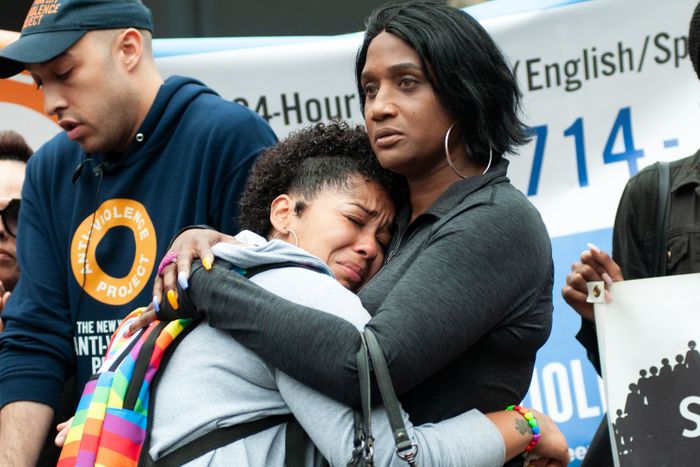
Authors: Rosa Goldensohn and Savannah Jacobson
A June story published in The City detailed how a transgender woman who had been detained in Rikers Island was found unconscious while in solitary confinement at the jail. While the exact cause of death hadn’t been determined at the story’s publication, an autopsy later revealed it was due to complications with epilepsy. She had been detained on a $500 bail for prostitution and lowest-level drug posession.
The story made national headlines after it was published in The City, with news about the cause of death exacerbating her family’s belief that if she had been better cared for at the jail — and not in solitary confinement — she may still be alive. The family has filed a lawsuit against the city of New York for what happened.
Julie Sandorf of the Revson Foundation, who helped fund the launch of The City, noted that the day after the story was published, the Department of Corrections closed the solitary unit — only to reopen it eight days later. While the NYC City Council has been holding hearings on the issue of solitary confinement and pressure is growing on the mayor to take action, the story has also become a talking point for the presidential candidates. Elizabeth Warren, for instance, has specifically cited the story when talking about solitary confinement.
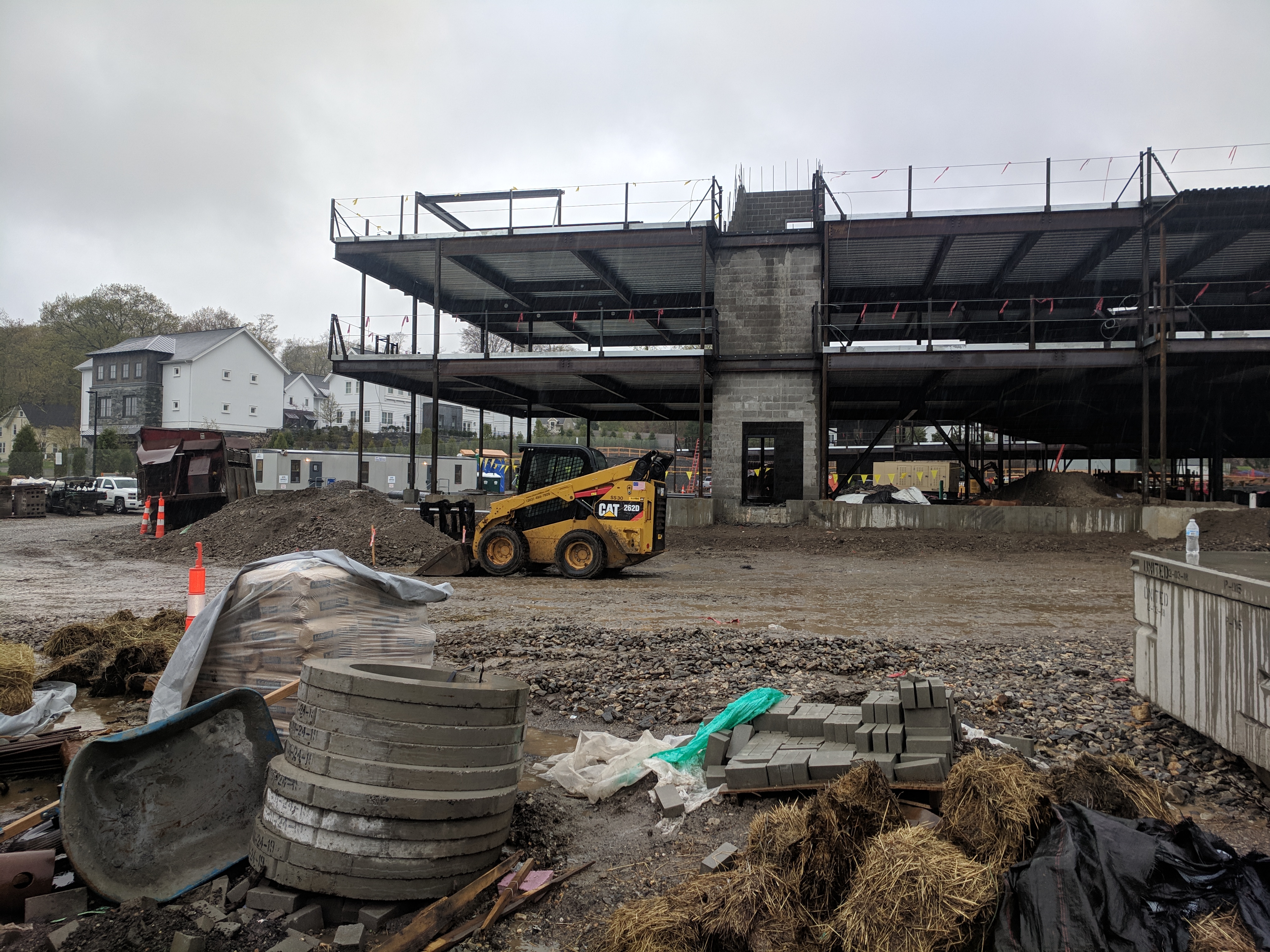
Publications: CT Mirror and ProPublica
Author: Jacqueline Rabe Thomas
In another instance of the benefit of a partnership, the Connecticut Mirror teamed up with ProPublica to reveal how segregation in more than three dozen Connecticut towns has been by design. It happened largely because of local zoning boards in more affluent communities who argued that bringing in more people would result in overcrowding and bring down “neighborhood character.” As a result of local zoning laws being weaponized to maintain this segregation, Connecticut’s poorest communities remain outside the invisible walls of the state’s more affluent classes.
After the story was published, legislation to address the issue gained more momentum but was eventually thwarted by a ranking member in Connecticut’s Housing Committee — who also happens to be a real estate agent in one of the state’s richer towns.
“Connecticut is a liberal state with a Democratic lock on political power and a roster of progressive voices — and yet, when it comes to housing, it has some of the most segregated neighborhoods in America,” said Michael Mishak, senior editor of ProPublica. “We wanted to probe the policies that created and deepened that economic and racial divide, and show the consequences for low-income people.”
“Rising from Rust” was a yearlong, solutions journalism-focused series from Richland Source looking at northern Ohio, the “Rust Belt” region of the nation, not from the stereotypical lens of poverty and job loss but from a prism of potential. What does revitalization in the community look like from a ground level?
What can the boom of the healthcare industry mean for the economics of the region as a whole? What are the lessons and takeaways from other areas facing similar circumstances? Local reporters Tracy Geibel and Brittany Schock covered these questions and ideas throughout 2018, focusing on connecting the region’s manufacturing history with its present.

Publication: Richland Source
Authors: Tracy Geibel and Brittany Schock
The “Rising from Rust” project was supported by multiple stakeholders and newsroom partners, including Spherion, Visiting Nurses Association, PR Machine Works, Nanogate/Jay Systems, DRM Productions, OhioHealth Mansfield Hospital, Richland Bank, Mechanics Bank and Area Agency on Aging. The series included a podcast and Hearken-generated community engagement, and won “Best Solutions Journalism Project” at the LION Publishers 2019 Awards.
One of the award judges said about the project: “I l like how other cities’ experiences were brought into the picture. Shows both community commitment and the use of journalism to get beyond the day-to-day coverage to the big picture issues lived by communities…A good job incorporating Hearken to bring the community voice into the series.”
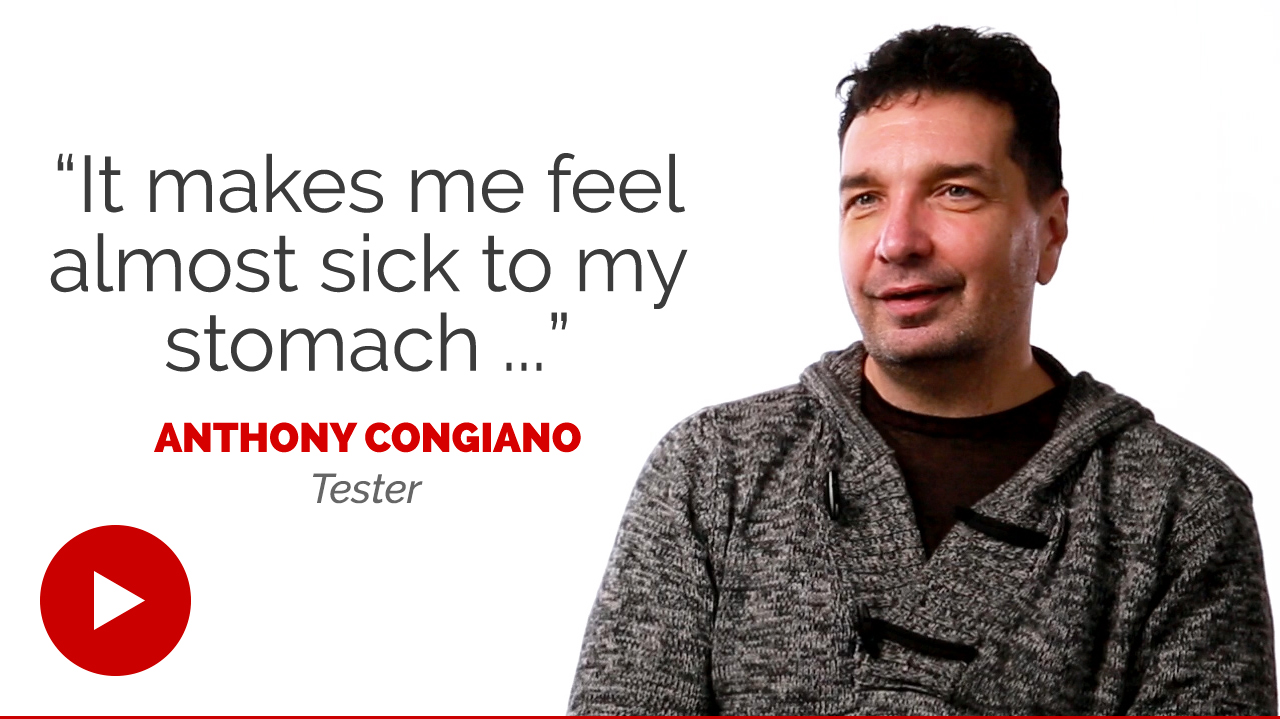
Publication: Newsday
Authors: Reporters Ann Choi, Bill Dedman, Keith Herbert and Olivia Winslow, and project editor Arthur Browne
After a three-year investigation, Newsday broke a story in November about how Long Island real estate agents were discriminating against their clients — and thereby reinforcing segregation in Long Island. The investigation’s findings were explosive: 49% of the time, realtors unfairly treated African-American prospects, 39% for Hispanic prospects and 19% for Asians. The investigation, which included undercover reporting and audio recordings, also relied on the expertise of two fair housing experts, who confirmed that in 40 percent of the “tests” Newsday pursued and studied for this story, the agents subjected minorities to unfair treatment compared with their white counterparts.
Citing Newsday’s report, Long Island real estate industry groups later announced they were suspending their current fair housing training programs and looking for new ways to offer anti-bias instruction. The Long Island Board of Realtors also curbed its anti-bias training program and “suspended all instruction by four teachers named in Newsdays’s investigation while it revamps its program,” the trade group told Newsday.
Julie Sandorf of the Revson Foundation emphasized the story’s power and potential for impact. “We don’t yet know what difference it will make,” she said, “but Newsday’s recent investigative report on ongoing racial discrimination in Long Island’s housing market is an incredible piece of work.” The story also includes a 40-minute video documentary called “Testing the Divide.”
6. The Nonprofit Hospital That Makes Millions, Owns a Collection Agency and Relentlessly Sues the Poor

Publications: MLK50 and ProPublica
Author: Wendi Thomas
In June, ProPublica and MLK50, a newsroom based in Memphis and a member of the ProPublica Local Reporting Network, published a story revealing how Methodist Le Bonheur Healthcare, a nonprofit hospital, had levied lawsuits against its patients as it remained exempt from local, state and federal taxes. The lawsuits came when the patients — who live in a city where nearly a quarter of the population lives below the poverty line — couldn’t afford to pay their medical bills, and were often later referred to a collections agency. An MLK50-ProPublica analysis found the hospital, which is affiliated with the United Methodist Church, filed more than 8,300 lawsuits against its patients and in some cases, against its own employees, between 2014 and 2018.
After the story was published in June, Methodist Le Bonheur Healthcare announced that it had eliminated the debts of more than 6,500 patients it had sued for unpaid hospital bills. It now appears the hospital is no longer using the court system as a collection agency, although it is unclear whether Methodist will completely stop suing patients for any further unpaid medical bills. Methodist also announced it would raise the minimum wage of its employees.
The partnership between ProPublica and MLK50 underscores the impact of collaborative journalism, with MLK50’s local knowledge and attention to the story, and ProPublica’s investigative and data journalism know-how.
“The investigation by Wendi Thomas and ProPublica into Methodist Le Bonheur Healthcare is the type of work that makes me think about what would’ve happened, or not happened, had immensely talented reporters like Wendi not had the resources or support to do the in-depth reporting that they do so well,” said del Peon of the AJP.
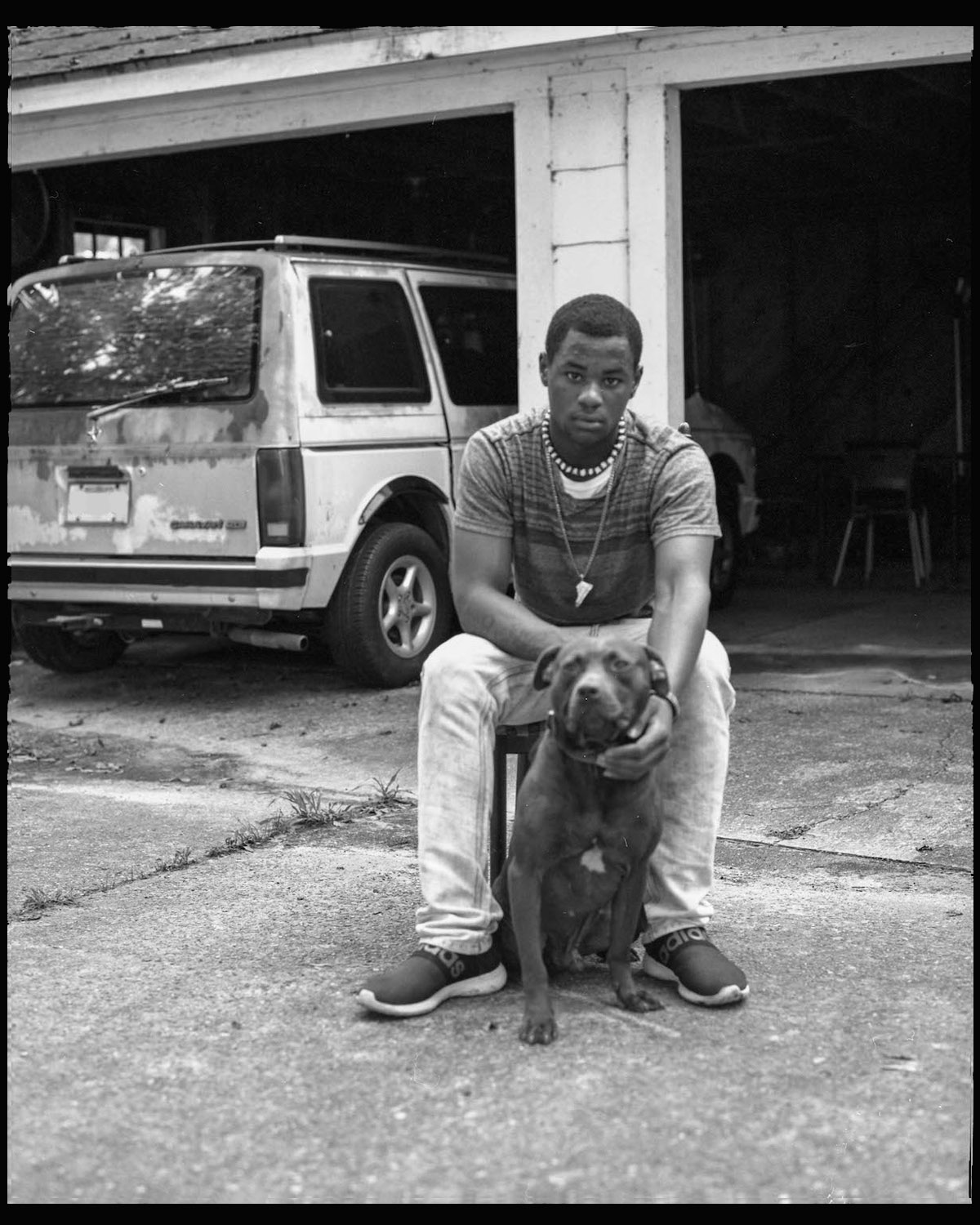
Publications: Reveal and PRX
Authors / producers: Ko Bragg and Melissa Lewis
This story, which came to Reveal (and its partner PRX) thanks to its investigative reporting fellowship program, reveals how some counties in Mississippi are charging black juveniles as adults for certain crimes far higher than other juveniles who commit similar crimes.
Nearly 5,000 Mississippi children have been charged as adults over the last 25 years, and 75 percent of them are black. The policies fueling these charges go back to Mississippi’s history of chattel slavery and Jim Crow-era legislation. While the story has yet to make a tangible impact in terms of legislative changes, it’s certainly created a stir.
“It’s egregious and ends up horribly impacting these young people’s lives,” said Martin Reynolds, co-executive director of the Maynard Institute, of the Mississippi laws behind the juvenile detention rates.
In June, the Charlotte Journalism Collaborative published a piece digging into the roots of the city’s affordable housing crisis. Divided into multiple sections, each focusing on a specific aspect of history and decision-making, it offers a comprehensive understanding of how and why specific policies have enabled the present circumstances surrounding affordable housing, and how the city is trying harder than ever to mitigate the crisis.

Publications: Charlotte Journalism Collaborative
Author: Pam Kelley
The Charlotte Journalism Collaborative (CJC) is an endeavor of multiple reporting partners, and the piece came out in a broadcast version as well. While tangible impact around affordable housing will take time, the Collaborative’s focus on the issue has certainly put it at the top of the city’s agenda, and pushed CJC toward a style of reporting it hadn’t previously focused on, said Seth Ervin, chief innovation officer at the Charlotte Mecklenburg Library, which is part of the Collaborative and hosts its website.
“This story lays out a history of Charlotte’s record in making and breaking affordable housing promises within its community,” he said, “and was one of the first longform pieces developed by the CJC.”
9. Hawaii 2040

Publication: Honolulu Civil Beat
Author: Nathan Eagle, Brittany Lyte, Stewart Yerton and more
In a yearlong series that combined articles, citizen-fueled ideas, and resources for further research, Honolulu Civil Beat told the story around climate change — an issue that can often feel like a looming existential crisis — in a way that was more personal and experimental. The storytelling models and engagement strategies, rather than being icing on the cake, were key ingredients for making the project come alive for citizens in a much more tangible way.
Since the series launched, activists and advocacy groups who work on climate change say they’re getting much more interest from lawmakers as they pitch legislation they want heard in 2020, according to Patti Epler, the editor and general manager of Honolulu Civil Beat. The nonprofit newsroom also saw a significant increase in public awareness and interest in climate change, and how that’s especially affecting Hawaii.
“We were super pleased because that was really the point of taking a year to delve much more deeply into a topic that might have started to seem like a bad rerun to a lot of readers,” Epler said. “But I think by trying to approach it from people’s own personal experiences as well as the usual top-down public policy response, it made it a lot more real for folks at all levels.”

Publication: Philadelphia Public School Notebook
Author: Dale Mezzacappa
As part of immigration policy rapidly shifting under the Trump administration, asylum seekers who have minor children are now being deported. The Philadelphia Public School Notebook took an in-depth look at how this new policy is playing out by following the story of ethnically Chinese Indonesian Christians who applied for asylum in the U.S. but were denied their claims — at a point where they had already established a life in the U.S., including raising two daughters who are U.S. citizens.
The story examines U.S. immigration policy and highlights how asylum claims vary from country to country, because certain minorities face more difficulty than others when proving persecution. The story also shows how these policies affect school communities and families.
Although the couple is now in detention while their daughters remain in school, Dale Mezzacappa, the story’s author, verified they have not yet been deported. The attention around the story and others who’ve spoken up about the issue may have played a role, she said.
“We saw the story as raising awareness about this practice and the fact that parents of U.S. citizen minor children, who did not used to be arrested by ICE, are now at risk, which presents a challenge to schools,” she said. “These young people are traumatized and their lives upended for no good reason.”
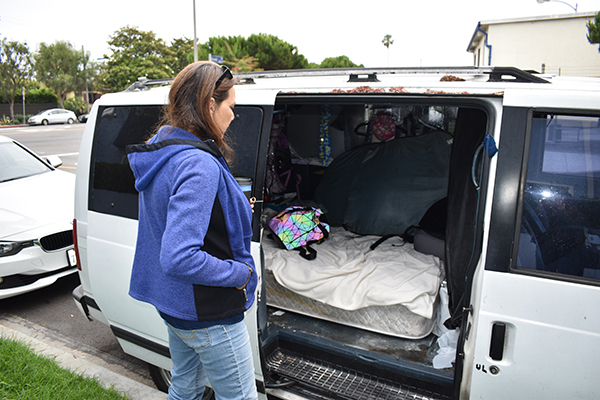
Publication: Santa Monica Daily Press
Author: Madeline Pauker
As California faces a housing crisis that’s pushing people to leave the state and others to find unorthodox and sometimes dangerous living situations, living out of a van, car or RV is becoming more common. But acting on a tip, the Santa Monica Daily Press investigated how “vanlords” are renting vehicles for people to live in — often without any means to actually move the vehicle — and how the practice illuminates the broader crises of homelessness and affordable housing in the state. One of the proposed solutions to help people living out of their vans is to open up “safe parking lots” for them to sleep in — but they’d have to move the vehicle out of the lot by the morning.
Since the story published in July, the Santa Monica Daily Press has continued to cover homelessness as Los Angeles and the rest of California continue to scramble to figure out where the homeless ought to be able to sleep.
The story won a LION Publishers Award, with the judges commending the publication’s commitment to coverage on the issue. “The Daily Press took a tip about an unorthodox solution to a crisis and used it as a way to examine the crisis as a whole,” as a judge stated. “That is a hallmark of good journalism — getting readers’ attention with a unique story and then adding value to that story by explaining the bigger picture.”
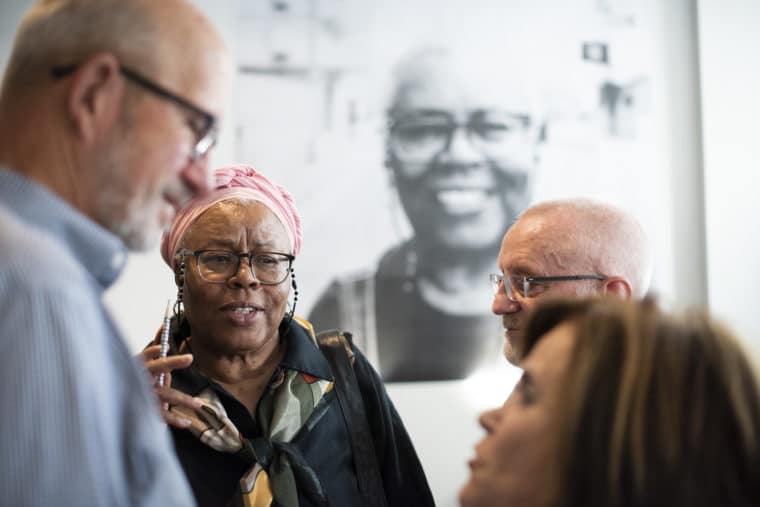
Publications: Free Press, Center for Cooperative Media at Montclair State University, Stockton University, Press of Atlantic City, Route 40, SJN, Breaking AC and The AC Times
Authors: Various from many publications
The collaborative journalism project “Stories of Atlantic City” was born out of a desire to produce journalism that framed stories as “restorative narratives” — in other words, narratives that emphasizes the strength and resilience of a community, even as it faces adversity. The stories were collected on a single website. The project wasn’t just collaborative in the sense that multiple news organizations were involved in producing it; the decision about which stories to pursue came out of a community-driven effort. After a workshop where attendees learned more about the restorative narratives journalism model, they discussed and decided that community partners would source the restorative narratives while media partners would research, report and publish the stories. The day after the stories published, an in-person storytellers event would take place.
After the project ran, community members continue to feel invested in continuing the Stories of Atlantic City. The project has sparked more discussion around how future collaborations between engaged community members and media organizations can take shape, including lessons learned and improvements for how to better organize story distribution and community partnerships. Free Press and the Center for Cooperative Media have also been receiving requests to start similar initiatives in other cities around New Jersey.
What sets Stories of Atlantic City apart from similar initiatives is its reliance on the community building the story, as opposed to a journalist finding the story and its community. Stefanie Murray of the Center for Cooperative Media said it especially had an impact on the community members who participated in the project. “Not only were their voices heard, but they were amplified — and amplified by journalists who some of these community members previously thought didn’t care to hear what they had to say,” she said. “That, by itself, was really powerful.”

Publication: Wausau Pilot & Review
Author: Shereen Siewert
In a February report, the Wausau Pilot & Review revealed the contentious debate between Wausau, Wisc., city officials, community members and environmentalists over how to properly handle and eliminate what was believed to be contaminated wastewater found in a local neighborhood. The report incorporated city and state documents to show the community’s history of treating such wastewater, and illuminated why the water found with such chemicals would be toxic.
The reporter followed the story as part of a broader series of stories focused on citizen responses to environmental issues in the Wausau area, and reported on developments as they came up. That dedication to the story and follow-ups is part of why it won a LION Publishers Award this year.
“I like the origin of this coming directly from community members, and the responsive, appropriate role for the newsroom in corroborating and amplifying citizen group data with detailed reporting,” the judge stated. “This series of stories is a good example of dedication to hard news.”
A special thanks to all the people in the local news ecosystem who suggested ideas for the year-end roundups, especially Mara Jezior at INN, who helped shepherd more ideas my way!
Mark Glaser is executive editor of MediaShift.
You May Also Be Interested In….
Recent Content
-
Journalismarticle ·
-
Journalismarticle ·
-
Journalismarticle ·





